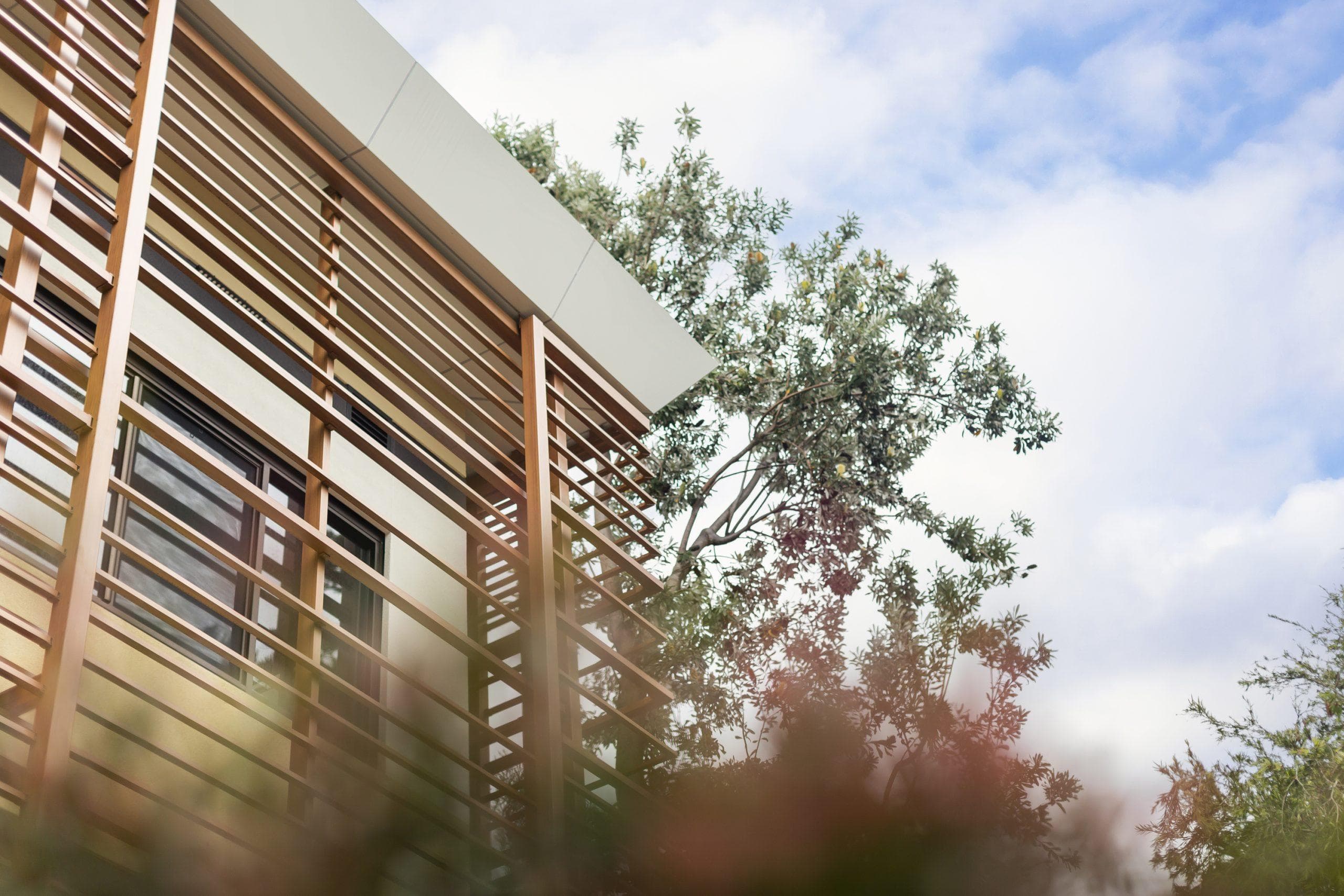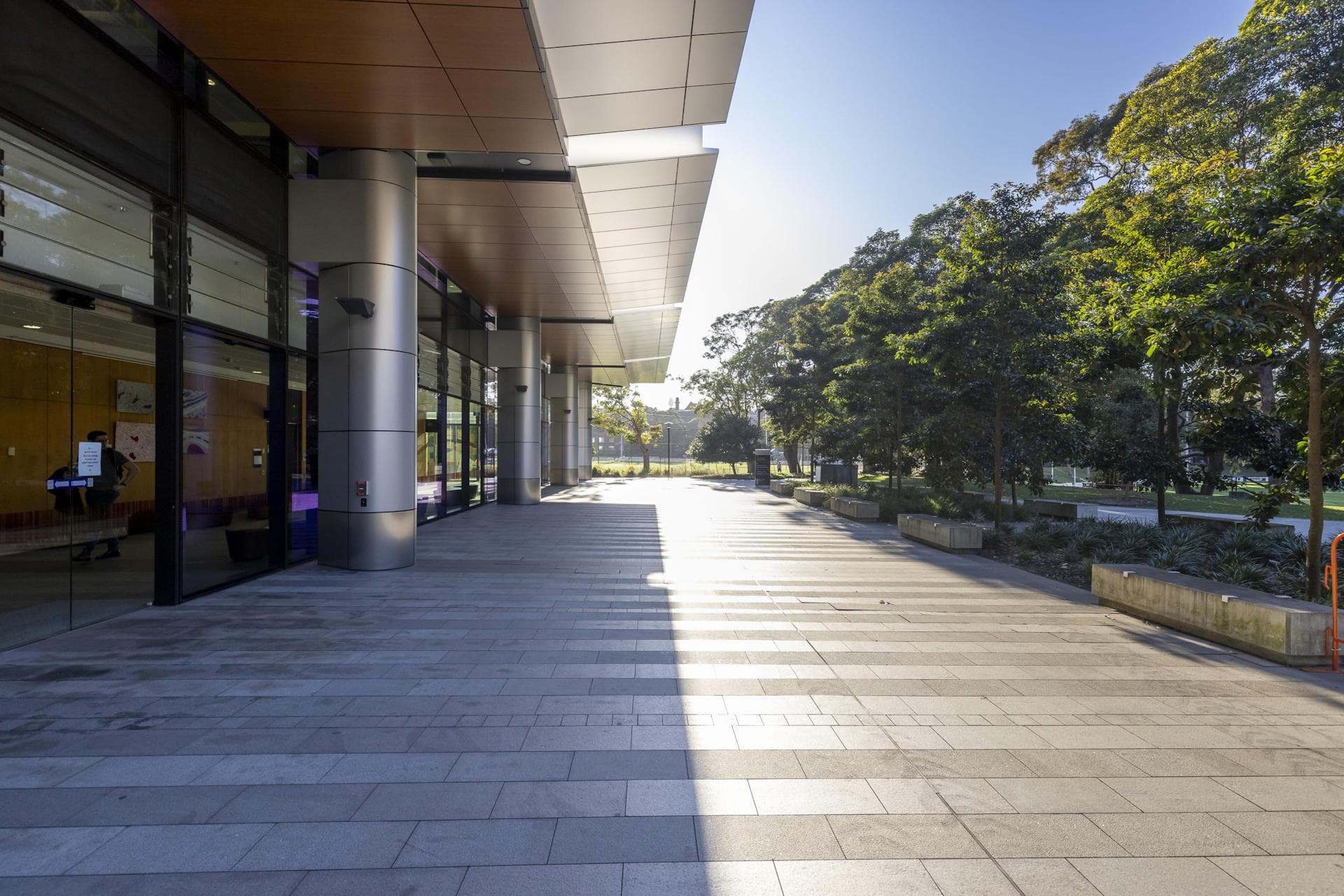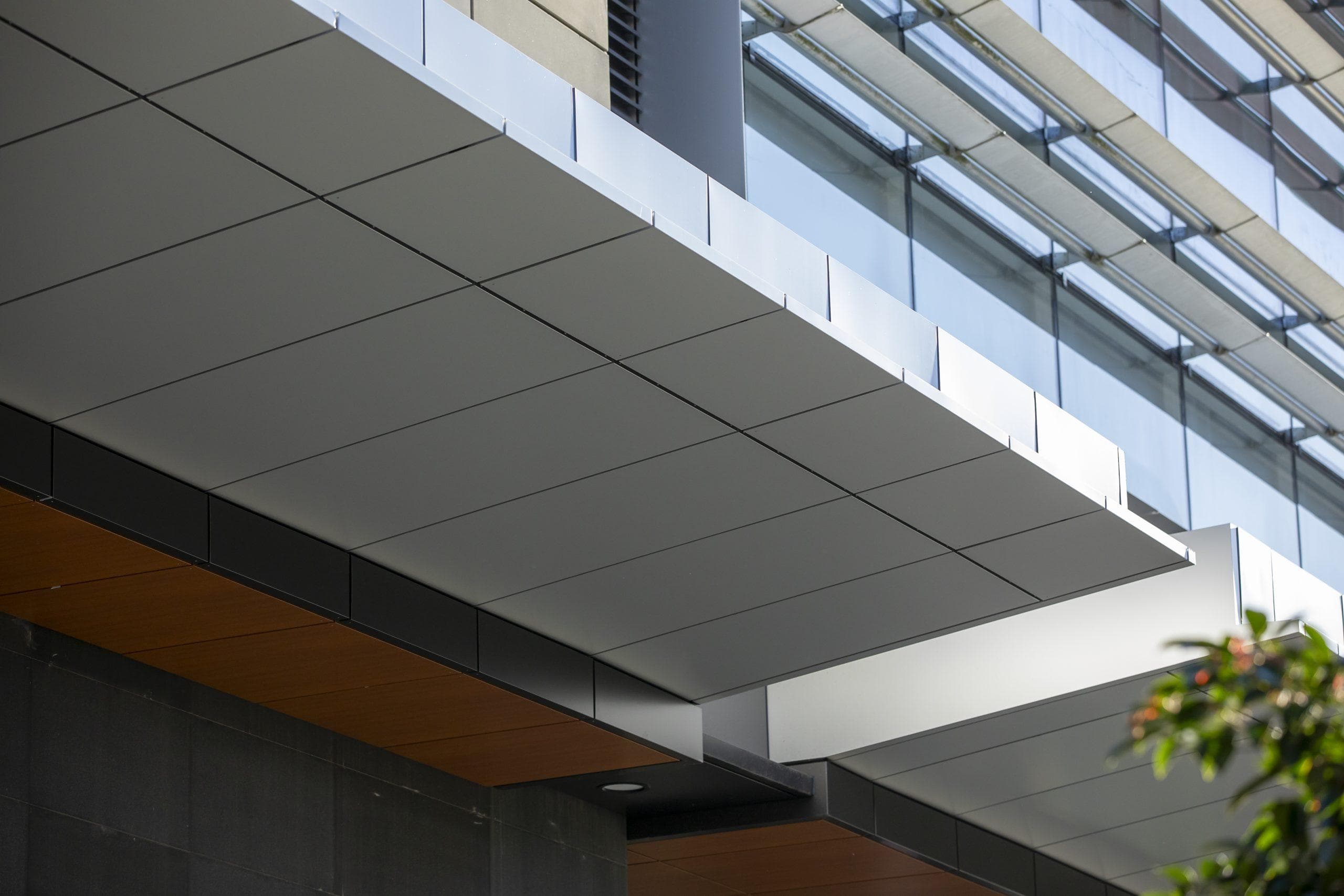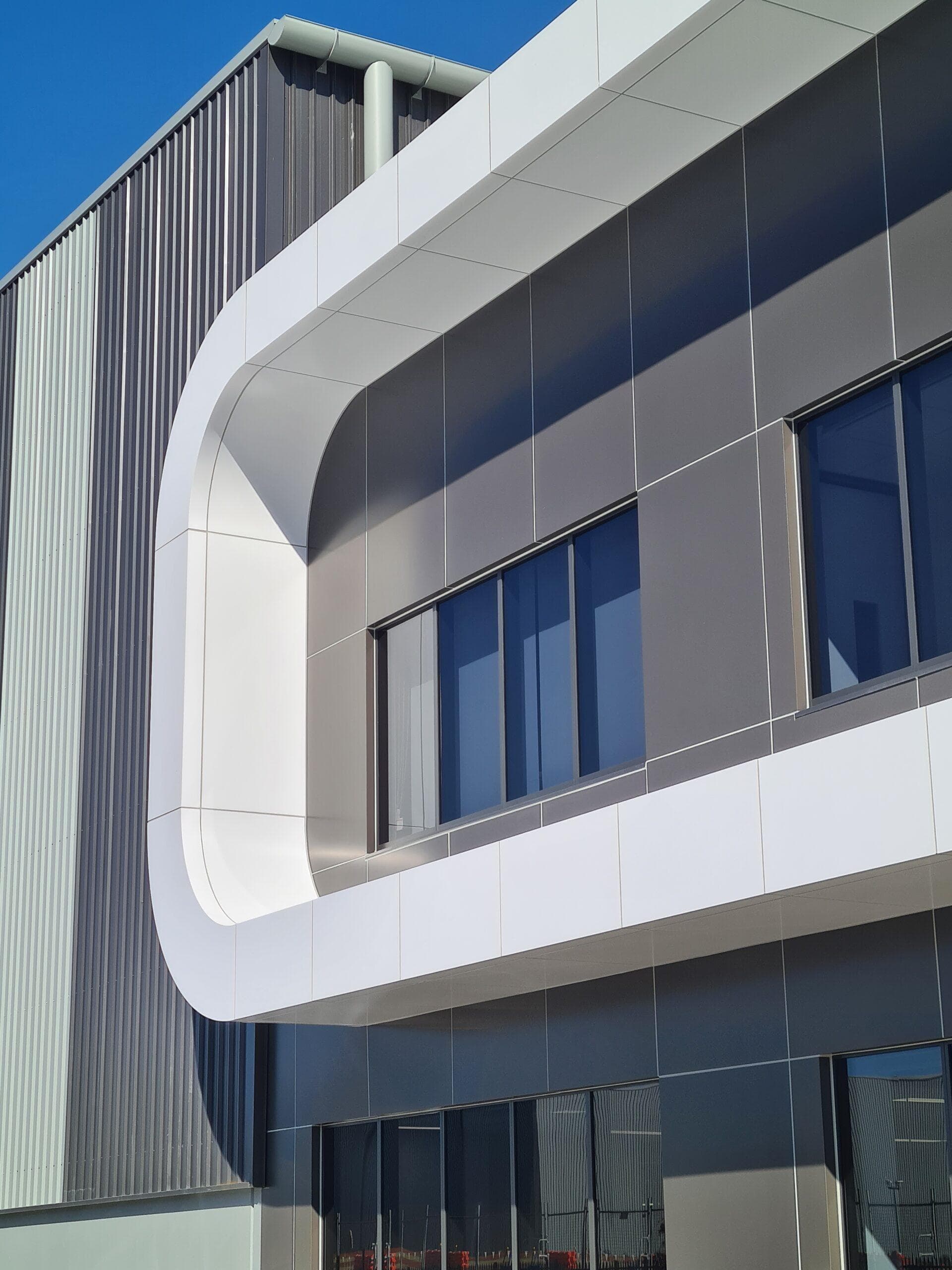Fire protection on building exteriors – How to de-risk facade selection
This white paper discusses the development of Project Remediate and examines the types of facade products that should be used when replacing combustible cladding and what requirements they need to meet, with a focus on fire safety, structural adequacy, durability, and weather tightness.
The use of combustible cladding on high-rise buildings has come under increased scrutiny ever since the Grenfell and Lacrosse tower fires. In the years following, the need for fully compliant Deemed-to-Satisfy non-combustible cladding materials has grown exponentially. In response, the New South Wales (NSW) government has created an important oversight panel for this issue, as well as a funding program called Project Remediate to help building owners who are required to replace combustible cladding on their residential buildings.
Fire Protection on Building Exteriors: How to De-Risk Facade Selection discusses the development of Project Remediate, and how it is helping building owners and designers identify fire-safe, fully compliant cladding and reduce risk during the facade selection process. In this paper, we look at what Project Remediate is and the role of the Cladding Product Safety Panel. We then examine the types of facade products that should be used when replacing combustible cladding and what requirements they need to meet, with a focus on fire safety, structural adequacy, durability, and weather tightness.
Network Architectural presents ALPOLIC™ NC/A1, a fully compliant aluminium cladding product that has satisfied all testing requirements for the Project Remediate recladding scheme. This product was introduced exclusively for the Australian construction market and has been scientifically proven to be the safest aluminium facade product in real-life fire tests around the world.
Related Articles

Sustainability eBook 2025
Australia’s leading sustainability projects continue to show how thoughtful design, material choice and lifecycle thinking shape the built environment. This year’s Sustainability Awards shortlist highlighted standout projects that balance performance, environmental responsibility and a strong connection to place.

Understanding Facade Warranties: What Designers Should Ask Before Specifying Cladding
Warranties are often overlooked until problems arise, but they are one of the most important safeguards in façade specification. This white paper helps designers understand what is really covered, what is not, and the right questions to ask before signing off. Learn how to assess warranty terms, minimise project risk and protect long-term façade performance.

A declaration is a disclosure, not a sustainability guarantee: Network Architectural debunks the EPD myth
Environmental Product Declarations (EPDs) are invaluable for transparency, but they don’t automatically make a product sustainable. As Llewellyn Regler explains, EPDs are disclosure tools, not guarantees. This article unpacks the myth, showing why specifiers must look beyond the label to durability, maintenance, lifecycle cost and embodied carbon to achieve genuinely sustainable outcomes.
